New Jersey Rehab Experts
Specializing in comprehensive orthopedic care, New Jersey Rehab Experts offers a wide range of services including Physical Therapy, Sports Physical Therapy, Dry Needling, Chiropractic Care, Neuropathy Treatment, Pain Management, and Manual Therapy. Our state-of-the-art facility is staffed by board-certified therapists dedicated to delivering top-tier care, ensuring you achieve optimal recovery and wellness.
Clinic Located in Jersey City (Newport), Secaucus and Clifton
Genuine Feedback from
Our Patients
Our Affiliations

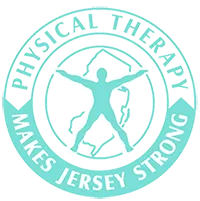




Explore Our Diverse Range of Disciplines
Discover a world of exceptional care customized for all ages! Our dedicated professionals deliver top-notch medical attention, expert rehabilitative therapy, and warm companion care for adults, seniors, and young patients. Experience personalized healthcare with a heart!
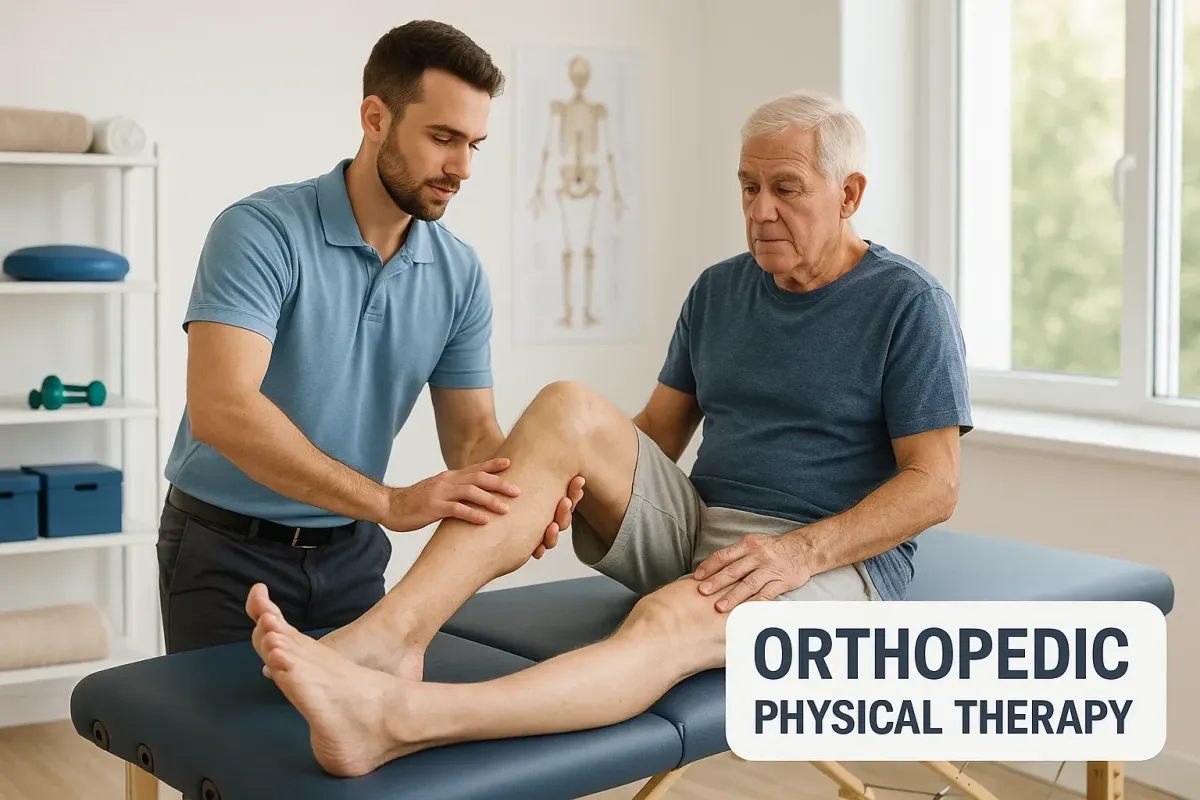
Orthopedic Physical Therapy
At New Jersey Rehab Experts our Orthopedic Physical Therapy program is designed to help patients recover from musculoskeletal injuries, surgeries, and chronic conditions affecting the bones, joints, muscles, ligaments, and tendons. Whether you're healing from a sports injury, managing arthritis, or recovering after orthopedic surgery, our expert therapists create personalized treatment plans to restore mobility, reduce pain, and improve overall function. We use evidence-based techniques such as manual therapy, therapeutic exercises, joint mobilization, dry needling, ultrasound, and neuromuscular re-education
to accelerate your recovery and prevent future injuries.
Our goal is to get you moving confidently and pain-free—whether you're getting back to the gym, the job site, or simply your everyday routine.

Geriatric Physical Therapy
Our Geriatric Physical Therapy services are tailored to meet the unique needs of older adults. As we age, our bodies undergo natural changes that can affect balance, strength, mobility, and overall independence. Our experienced therapists are here to help seniors stay active, safe, and confident in their daily lives.
We specialize in the prevention and treatment of age-related conditions such as osteoporosis, arthritis, joint replacements, balance disorders, and general deconditioning. Our personalized therapy programs focus on restoring strength, improving flexibility, reducing pain, and preventing falls.
Our geriatric therapy goals include: Enhancing mobility and functionPreventing falls and promoting safetyManaging chronic painIncreasing independence in daily activitiesSupporting recovery from surgery or hospitalization. We take a compassionate, patient-centered approach to care—empowering seniors to maintain a higher quality of life and remain active within their homes and communities.
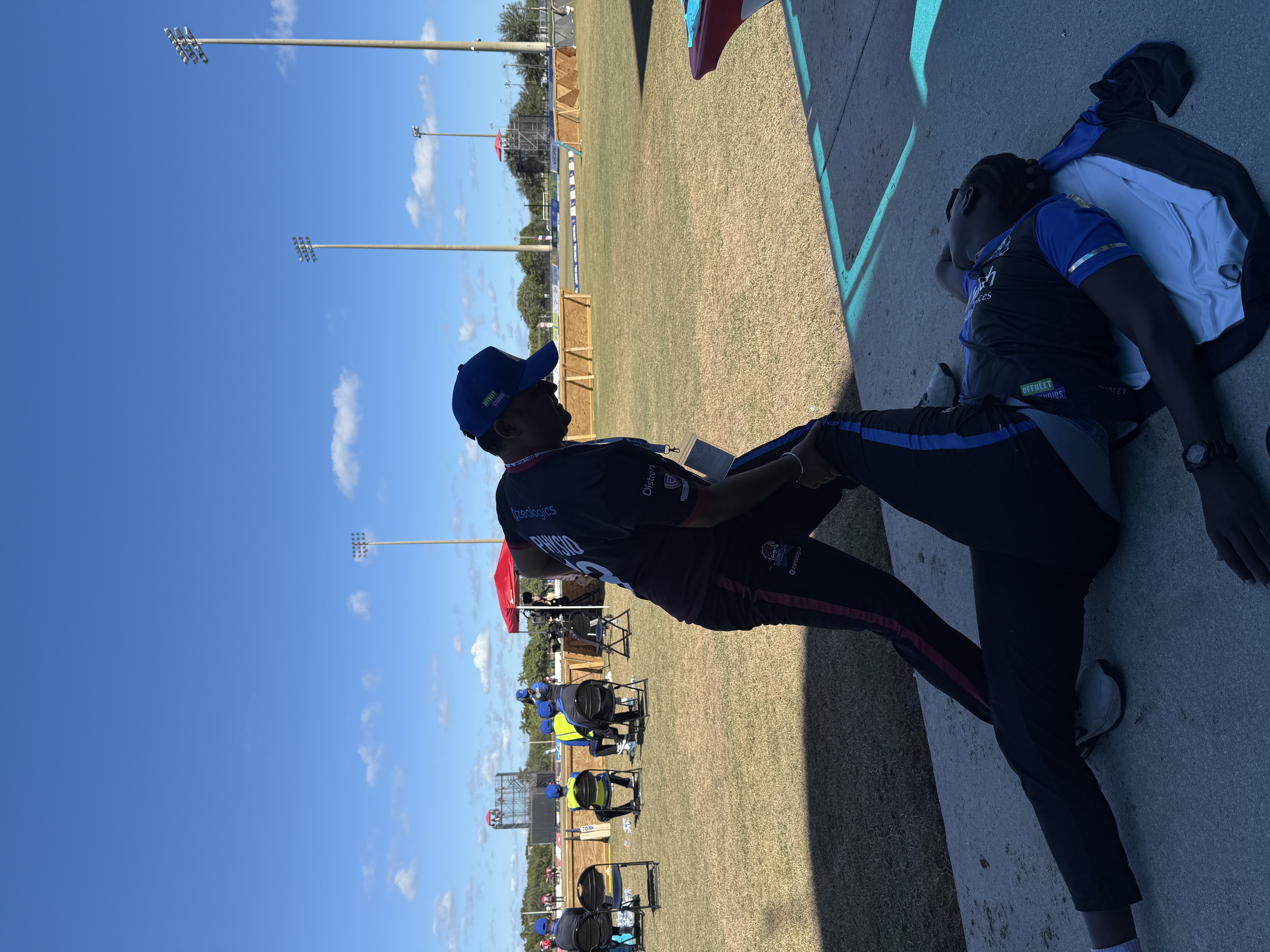
Sports Physical Therapy
At New Jersey Rehab Experts our Sports Physical Therapy program is built for athletes of all levels—from weekend warriors to professional players. Whether you're recovering from an injury, enhancing performance, or aiming for a safe return to sport, we’ve got your back (and knees, shoulders, ankles… you name it!).
Our sports rehab specialists use advanced techniques and evidence-based protocols to treat common athletic injuries such as ACL tears, rotator cuff strains, tennis/golfer’s elbow, sprains, tendonitis, and more We combine manual therapy, functional training, neuromuscular re-education, strength conditioning, dry needling, and return-to-sport testing to help you recover faster and perform better.
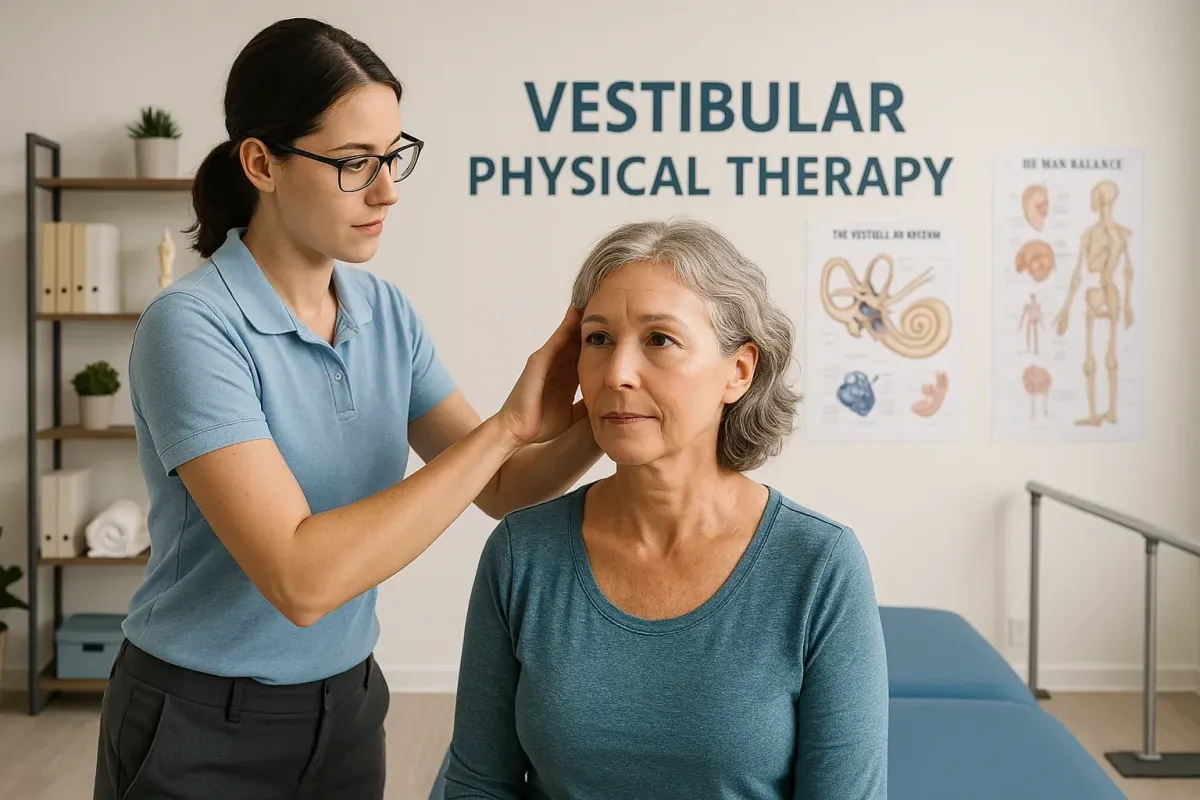
Vestibular Rehabilitation Therapy (VRT)
Feeling dizzy, off-balance, or lightheaded? You're not alone—and you don’t have to live with it. At
New Jersey Rehab Experts our Vestibular Rehabilitation Therapy (VRT) is designed to help you regain control, stability, and confidence in your everyday movements. VRT is a specialized form of physical therapy aimed at treating disorders of the inner ear and balance system , such as vertigo, BPPV (Benign Paroxysmal Positional Vertigo), Meniere’s disease, post-concussion dizziness, and general imbalance. These conditions can make even simple tasks feel overwhelming—but with the right therapy, relief is possible. Our skilled therapists perform a thorough assessment to identify the root cause of your symptoms and develop a custom treatment plan using: Balance and gaze stabilization exercises Canalith repositioning maneuvers (like the Epley maneuver) Habituation and desensitization techniques Fall prevention strategie
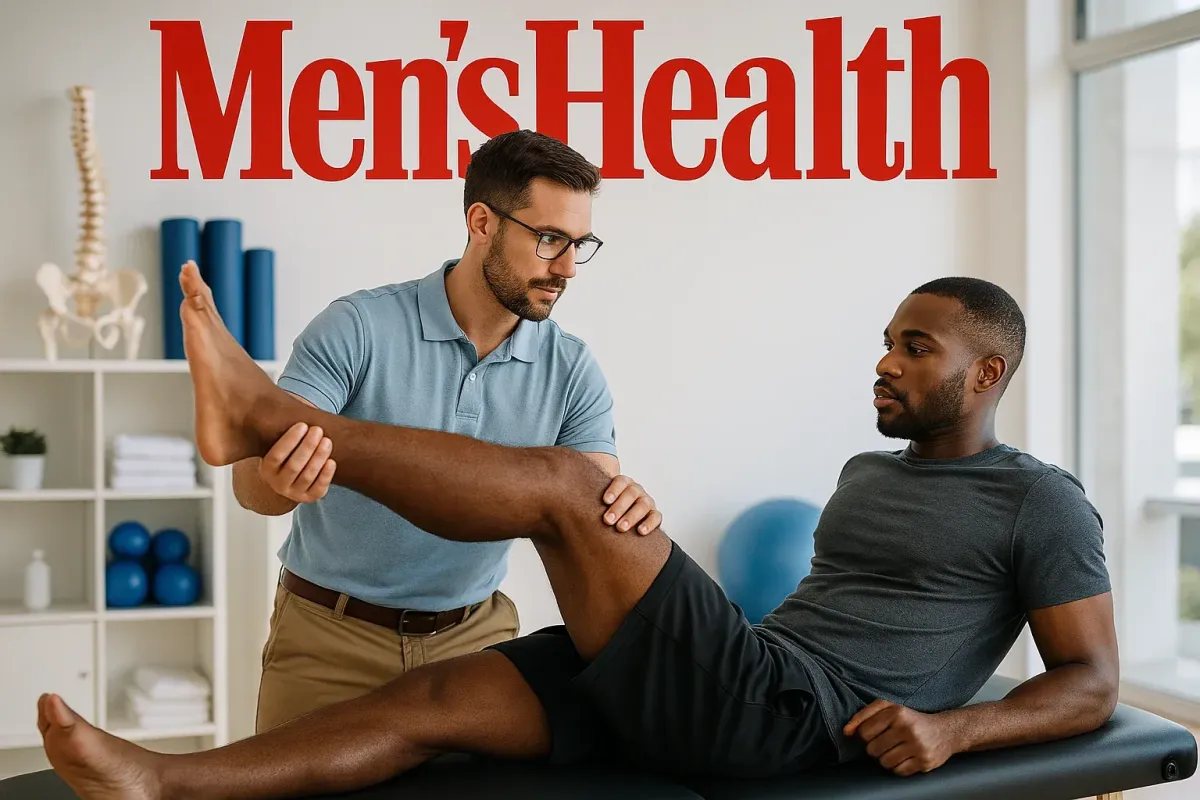
Men's Health Physical Therapy (Pelvic Health PT)
Pelvic health isn’t just a women’s issues men experience it too and we’re here to help. At New Jersey Rehab Experts our Men’s Health Physical Therapy
program is designed to treat a wide range of pelvic floor dysfunctions that can impact comfort, confidence, and quality of life. Our expert therapists offer
discreet, one-on-one care for men experiencing: Pelvic painUrinary urgency, frequency, or leakagePost-prostatectomy rehabilitationErectile dysfunctionConstipation and bowel issuesCore weakness or abdominal pressure Through targeted manual therapy, pelvic floor retraining, biofeedback, breathing techniques, and posture correction, we help restore normal function and reduce symptoms—without surgery or medication. Why it matters: Pelvic floor dysfunction can be frustrating, but it’s also very treatable. We take a judgment-free, evidence-based approach to help men feel strong, supported, and back in control of their bodies. Take the first step toward healing—you don’t have to suffer in silence
.

Motor Vehicle & Work Injury Rehab Specialist
At New Jersey Rehab Experts, we specialize in
Motor Vehicle and Work Injury Rehabilitation, helping patients recover from car accidents and workplace injuries with expert, personalized care. Our team treats conditions such as whiplash, low back pain, joint injuries, concussions, and soft tissue damage, using evidence-based therapy to reduce pain, restore function, and support long-term recovery. We work closely with physicians, attorneys, and insurance providers to ensure proper documentation and seamless coordination of care. Whether you're dealing with a workers' comp case or personal injury claim, our goal is to get you back to work, life, and movement—safely and confidently.
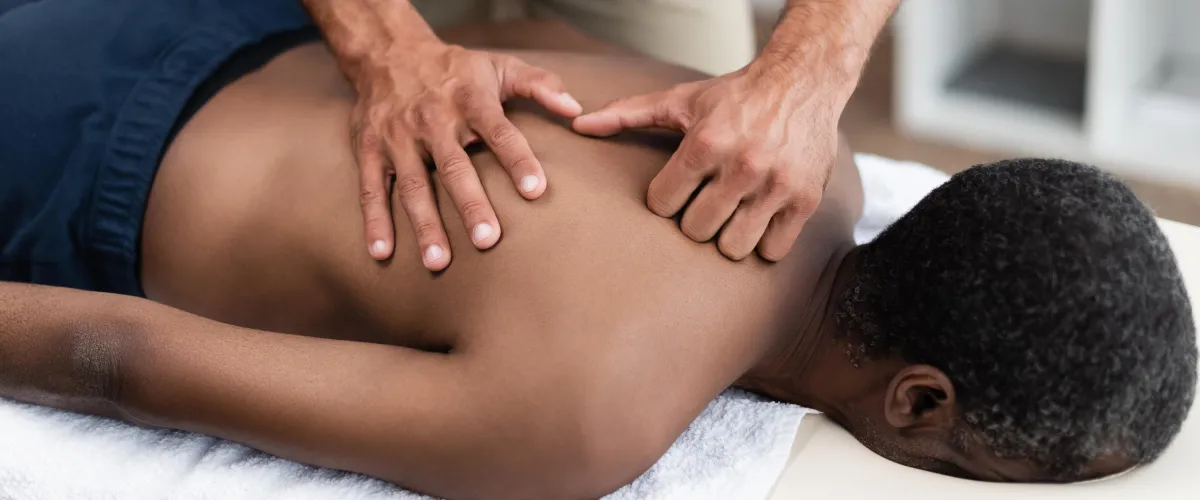
Manual Therapy
Looking for a hands-on approach that goes beyond basic physical therapy?
Manual Therapyoffers targeted, expert techniques designed to relieve pain, improve mobility, and accelerate healing—naturally. This isn’t your average treatment. Imagine combining the precision of Mulligan Mobilizations with the posture-correcting power of the McKenzie Method, or experiencing the rapid results of High-Velocity Thrust Techniques and Spinal Manipulation to unlock stiff joints. Add in the deep-tissue benefits of Myofascial Release (MFR)
and the dynamic support of Kinesiology and Sports Taping, and you’ve got a comprehensive system that helps you move better, recover faster, and feel your best. Whether you're an athlete, a desk worker, or simply tired of chronic pain—this is where real, lasting relief begins.

Dry Needling
Dry Needling
is a modern, evidence-based treatment technique used by licensed physical therapists to target trigger points—tight knots in muscles that cause pain and restrict movement. By inserting thin, sterile needles into these areas, dry needling helps release muscle tension, improve blood flow, reduce pain, and restore normal function. It is commonly used to treat conditions like back and neck pain, tendonitis, headaches, sciatica, and sports-related injuries. Unlike acupuncture, which is based on traditional Chinese medicine, dry needling is grounded in Western anatomical and neurophysiological principles, making it a safe and effective option for musculoskeletal pain and dysfunction.
Our Advantages
Specialized Programs for Every Need
From orthopedic rehab and sports therapy to vestibular, pelvic health, and post-injury recovery, we provide comprehensive, patient-focused solutions.
State-of-the-Art Techniques & Technology
We use cutting-edge treatments like dry needling, spinal manipulation, Mulligan & McKenzie techniques, Fit3D scans, Shockwave Therapy , Cupping and more to accelerate healing.
Personalized One-on-One Care
Every patient receives individualized treatment plans with hands-on attention to ensure faster recovery and long-term results.
Trusted by Athletes & Community Leaders
Official providers for multiple cricket teams and a member of respected healthcare associations—our reputation speaks for itself.
Multiple Convenient Locations Across NJ
With clinics in Jersey City, Secaucus, Clifton , and beyond, we’re always within reach—offering flexible scheduling and bilingual support.
Seamless Support for Injury Claims & Recovery
We coordinate care with attorneys, physicians, and insurers for patients recovering from motor vehicle or work-related injuries, ensuring smooth documentation and stress-free rehab.
Meet Our Team

Sunny Thakkar PT, MS ( Exercise Physiologist)
Physical Therapist

Ashish Sinha, PT, DPT
Physical Therapist

Dr. Rohit Farzala PT, DPT
Physical Therapist
About Us
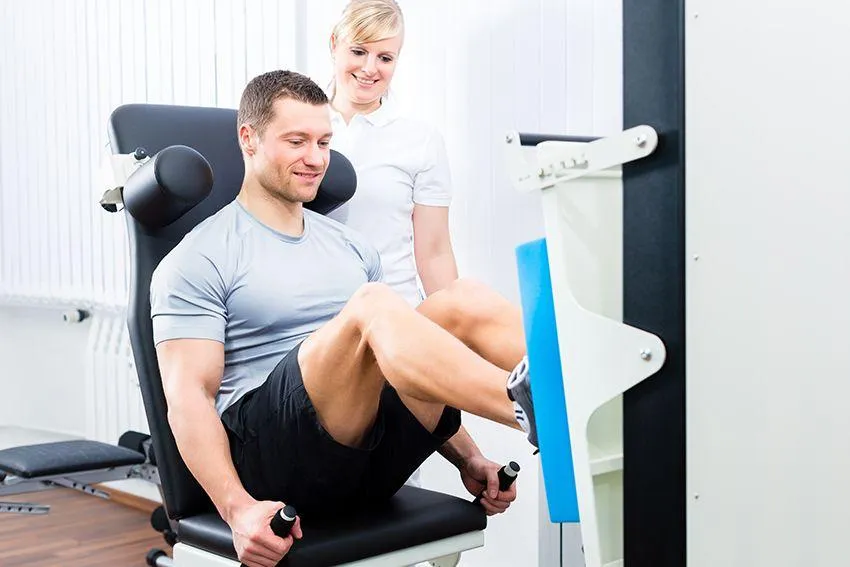
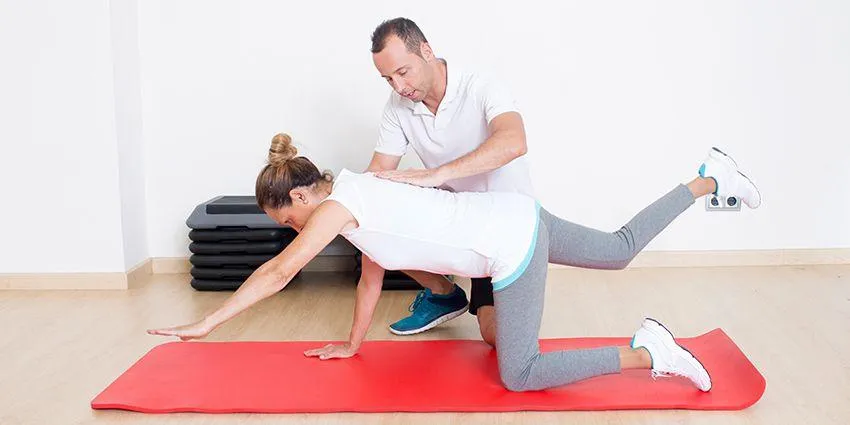
Experience rapid rejuvenation as our specialist team harnesses the power of advanced healing tech to erase pain with ease. We dive deep into your world, assessing every piece of the puzzle—stress at work, life pressures, physical health, nutrition, genes, posture, and even emotional ties—crafting a tailor-made wellness blueprint that's as unique as you are. With our dedicated holistic touch, we don't just treat symptoms; we empower you to embrace a pain-free, harmonious life.
Ask a Question

Say Goodbye to Side Stitches: Proven Tips and Tricks for Pain-Free Running
Say Goodbye to Side Stitches: Proven Tips and Tricks for Pain-Free Running!
Are you tired of pesky side stitches ruining your runs? You're not alone. Many runners experience this frustrating pain, which can turn a leisurely jog or intense training session into a battle against discomfort. But fear not! There are proven tips and tricks at your disposal to help you say goodbye to those unwelcome stitches for good. In this article, we’ll explore effective strategies to alleviate side stitch pain and enhance your running experience. From proper breathing techniques to smart pre-run habits and physical conditioning, we're here to equip you with the knowledge you need for pain-free running. Let’s dive in and discover how to transform your workouts, so you can focus on what you love most—hitting the pavement and feeling that runner's high!
Understanding Side Stitches: What They Are and Why They Happen
Side stitches, medically known as exercise-related transient abdominal pain (ETAP), are a common issue for runners and other athletes. This stabbing or cramping sensation typically occurs in the side of the abdomen, often during physical exertion. Although not dangerous, side stitches can be intensely uncomfortable and disrupt the flow of a workout or race. They tend to strike suddenly and can range from mild to severe, forcing runners to slow down or stop altogether until the pain subsides.
The exact cause of side stitches remains a topic of debate among experts, but several theories exist. One prevailing theory suggests that side stitches result from the diaphragm experiencing stress during vigorous physical activity. The diaphragm is a large muscle that plays a crucial role in breathing, and when it becomes fatigued or spasms, it can lead to the characteristic pain of a side stitch. Another theory posits that side stitches are related to reduced blood flow to the diaphragm, which can happen during intense exercise.
Other potential causes include irritation of the abdominal lining or ligaments, as well as improper breathing techniques. Some researchers also believe that consuming large meals or certain types of foods and beverages before running can contribute to the onset of side stitches. Understanding these potential causes is the first step in addressing and preventing this common issue, enabling runners to enjoy their workouts with minimal discomfort.
Common Causes of Side Stitches During Running
Various factors can contribute to the development of side stitches, and recognizing these can help in preventing their occurrence. One key factor is improper breathing techniques. Many runners tend to breathe shallowly or inconsistently, especially when pushing their limits. This can lead to insufficient oxygen supply to the muscles, including the diaphragm, resulting in cramps and side stitches.
Nutrition also plays a significant role. Eating a heavy meal or consuming foods that are high in fat or fiber shortly before running can increase the likelihood of experiencing side stitches. These types of foods take longer to digest and can cause bloating and discomfort during physical activity. Similarly, drinking large amounts of fluids, particularly those that are carbonated or contain high levels of sugar, can contribute to the problem.
Physical conditioning and posture are additional factors. Runners who have weak core muscles or poor posture may be more prone to side stitches. A weak core can lead to instability and extra strain on the abdominal muscles and diaphragm, while poor posture can impede proper breathing mechanics. Addressing these aspects through targeted exercises and maintaining good form while running can significantly reduce the risk of side stitches.
How to Prevent Side Stitches: Effective Strategies
Preventing side stitches involves a combination of proper preparation, technique, and conditioning. One of the most effective strategies is to develop a consistent and controlled breathing pattern. Practicing deep, diaphragmatic breathing can help ensure that the diaphragm is adequately oxygenated and less likely to cramp. This involves inhaling deeply through the nose, allowing the abdomen to expand, and exhaling fully through the mouth.
Timing and choice of meals are also crucial. To minimize the risk of side stitches, it is advisable to avoid eating large meals at least two to three hours before running. Instead, opt for smaller, easily digestible snacks if you need a pre-run energy boost. Foods that are low in fat and fiber, such as bananas or a small piece of toast with peanut butter, are good options. Additionally, staying hydrated without overloading on fluids right before a run can help prevent discomfort.
Strengthening the core muscles through targeted exercises can provide better support for the diaphragm and reduce the likelihood of side stitches. Incorporate exercises such as planks, Russian twists, and leg raises into your regular workout routine. Maintaining good running posture by keeping the shoulders relaxed, the chest open, and the torso upright can also facilitate better breathing and reduce strain on the abdominal muscles.
Breathing Techniques to Alleviate Side Stitches
Mastering proper breathing techniques is essential for preventing and alleviating side stitches. One effective method is rhythmic breathing, which involves synchronizing your breath with your steps. For example, you might inhale for three steps and exhale for two. This helps maintain a steady flow of oxygen and can prevent the diaphragm from becoming overworked.
Diaphragmatic breathing, or belly breathing, is another valuable technique. To practice this, focus on expanding your abdomen as you inhale deeply through your nose, allowing your lungs to fill completely with air. Exhale slowly and fully through your mouth. This type of breathing ensures that the diaphragm is used effectively, reducing the risk of cramping. Practicing this technique regularly, both during runs and in daily life, can help make it a natural part of your running routine.
If you feel a side stitch coming on during a run, try altering your breathing pattern or taking a few deep, controlled breaths. Slowing your pace slightly and focusing on exhaling as fully as possible can also help alleviate the pain. In some cases, gently pressing on the area of discomfort and taking deep breaths can provide relief. Experiment with different techniques to find what works best for you, and make conscious breathing a part of your running strategy.
The Role of Nutrition in Preventing Side Stitches
Proper nutrition is a key component in preventing side stitches. What you eat and drink before a run can have a significant impact on your comfort and performance. It's important to time your meals appropriately and choose foods that are easy on the digestive system. Aim to eat a balanced meal that includes carbohydrates, proteins, and fats at least two to three hours before running. This allows enough time for digestion and reduces the likelihood of experiencing gastrointestinal distress.
Opt for foods that are low in fat and fiber, as these can take longer to digest and may cause bloating or discomfort. Instead, focus on easily digestible options such as a banana, a small serving of oatmeal, or a piece of toast with a light spread of nut butter. Avoid consuming large quantities of dairy, fried foods, or high-fiber vegetables right before a run, as these can increase the risk of side stitches.
Hydration is equally important. While staying hydrated is crucial for overall health and performance, it's essential to do so in a way that avoids overloading the stomach with fluids right before running. Aim to drink water consistently throughout the day, and have a small amount of water about 30 minutes before your run. Avoid sugary or carbonated beverages, as these can contribute to bloating and discomfort. By paying attention to your nutrition and hydration, you can help prevent side stitches and run more comfortably.
Warm-Up and Stretching Exercises to Avoid Side Stitches
Proper warm-up and stretching exercises are essential for preparing your body for a run and preventing side stitches. A good warm-up routine increases blood flow to the muscles, enhances flexibility, and prepares the diaphragm for the demands of running. Start with a brief five to ten-minute session of light aerobic activity such as brisk walking or jogging to gradually raise your heart rate and warm up your muscles.
Dynamic stretching exercises are particularly effective for runners. Unlike static stretches, which involve holding a position for an extended period, dynamic stretches involve continuous movement and help improve flexibility and range of motion. Incorporate exercises such as leg swings, high knees, butt kicks, and arm circles into your warm-up routine. These movements help activate the muscles you'll be using during your run and reduce the risk of side stitches.
In addition to dynamic stretching, consider incorporating core-strengthening exercises into your routine. A strong core provides better support for the diaphragm and can help prevent side stitches. Exercises such as planks, bicycle crunches, and bird-dogs are excellent for building core strength. By taking the time to warm up properly and strengthen your core, you can reduce the likelihood of experiencing side stitches and enjoy a more comfortable run.
Hydration Tips: How to Stay Hydrated Without Causing Discomfort
Staying hydrated is crucial for optimal performance and overall health, but it's important to do so in a way that doesn't lead to discomfort or side stitches. The key is to maintain a balanced approach to hydration both before and during your run. Start by drinking water consistently throughout the day to ensure that your body is adequately hydrated. Aim for at least eight glasses of water daily, and adjust your intake based on factors such as weather conditions and the intensity of your workouts.
About 30 minutes before your run, have a small amount of water, approximately 8 to 12 ounces, to ensure you're hydrated without overloading your stomach. During your run, especially if it's longer than an hour, consider sipping water at regular intervals rather than gulping large amounts at once. Using a hydration pack or belt can make it easier to take small sips while on the move.
Electrolyte balance is also important, particularly during long or intense runs. Electrolytes such as sodium, potassium, and magnesium help regulate fluid balance in the body and prevent cramping. Consider incorporating an electrolyte drink or supplement into your hydration plan, especially if you're running in hot and humid conditions. By managing your hydration effectively, you can stay comfortable and reduce the risk of side stitches.
When to Seek Medical Advice for Persistent Side Stitches
While side stitches are typically a benign and temporary issue, there are instances where they may warrant medical attention. If you experience persistent or unusually severe side stitches that do not improve with the usual preventive measures, it may be time to consult a healthcare professional. Chronic side stitches could be a sign of an underlying condition that requires further evaluation and treatment.
Conditions such as gastrointestinal disorders, respiratory issues, or musculoskeletal problems can sometimes manifest as side stitch-like pain. A thorough medical evaluation can help identify any contributing factors and guide appropriate treatment. If you notice additional symptoms such as nausea, vomiting, dizziness, or sharp, localized pain that persists even after stopping physical activity, it's important to seek medical advice promptly.
In most cases, simple lifestyle modifications, proper training techniques, and attention to nutrition and hydration can effectively prevent and alleviate side stitches. However, if you have any concerns or experience persistent discomfort, don't hesitate to reach out to a healthcare professional. They can provide personalized guidance and ensure that there are no underlying health issues that need to be addressed.
Real Runner Experiences: Testimonials and Tips
Hearing from fellow runners who have successfully managed side stitches can provide valuable insights and motivation. Many runners have found effective strategies to prevent and alleviate side stitches through trial and error, and their experiences can offer practical tips and encouragement. Here are a few testimonials from runners who have overcome side stitches and enjoyed more comfortable runs.
Sarah, a seasoned marathon runner, shares her experience: "I used to get side stitches all the time, especially during long training runs. What really helped me was focusing on my breathing technique. I started practicing deep, diaphragmatic breathing and incorporating it into my runs. I also made sure to eat a light meal a few hours before running and avoided heavy or greasy foods. These changes made a huge difference, and I rarely get side stitches now."
John, a recreational runner, offers his advice: "For me, staying hydrated without overdoing it was key. I used to drink a lot of water right before my runs, and it often led to side stitches. Now, I make sure to drink water consistently throughout the day and have just a small amount before running. I also found that warming up properly with dynamic stretches and core exercises helped prevent side stitches. It's all about finding what works best for you and sticking with it."
Conclusion: Embracing Pain-Free Running Techniques
In conclusion, side stitches can be a frustrating and disruptive issue for runners, but with the right strategies, they can be effectively managed and prevented. Understanding the potential causes of side stitches and implementing proven techniques can help you enjoy your runs without the discomfort of abdominal pain. From mastering proper breathing techniques and paying attention to nutrition and hydration to warming up properly and strengthening your core, there are many ways to say goodbye to side stitches.
By incorporating these tips and tricks into your running routine, you can enhance your performance and focus on the joy of running. Remember that everyone's body is different, so it may take some experimentation to find the strategies that work best for you. Don't be discouraged by occasional setbacks; instead, use them as opportunities to refine your approach and continue learning.
Embrace the journey towards pain-free running and take pride in the progress you make along the way. With dedication and perseverance, you can overcome side stitches and fully enjoy the benefits of running. So lace up your shoes, hit the pavement, and run with confidence, knowing that you have the tools and knowledge to keep side stitches at bay.
No matter whether your condition was caused by a sport, work accident or otherwise,
we welcome the chance to serve you.
Opening Hours





